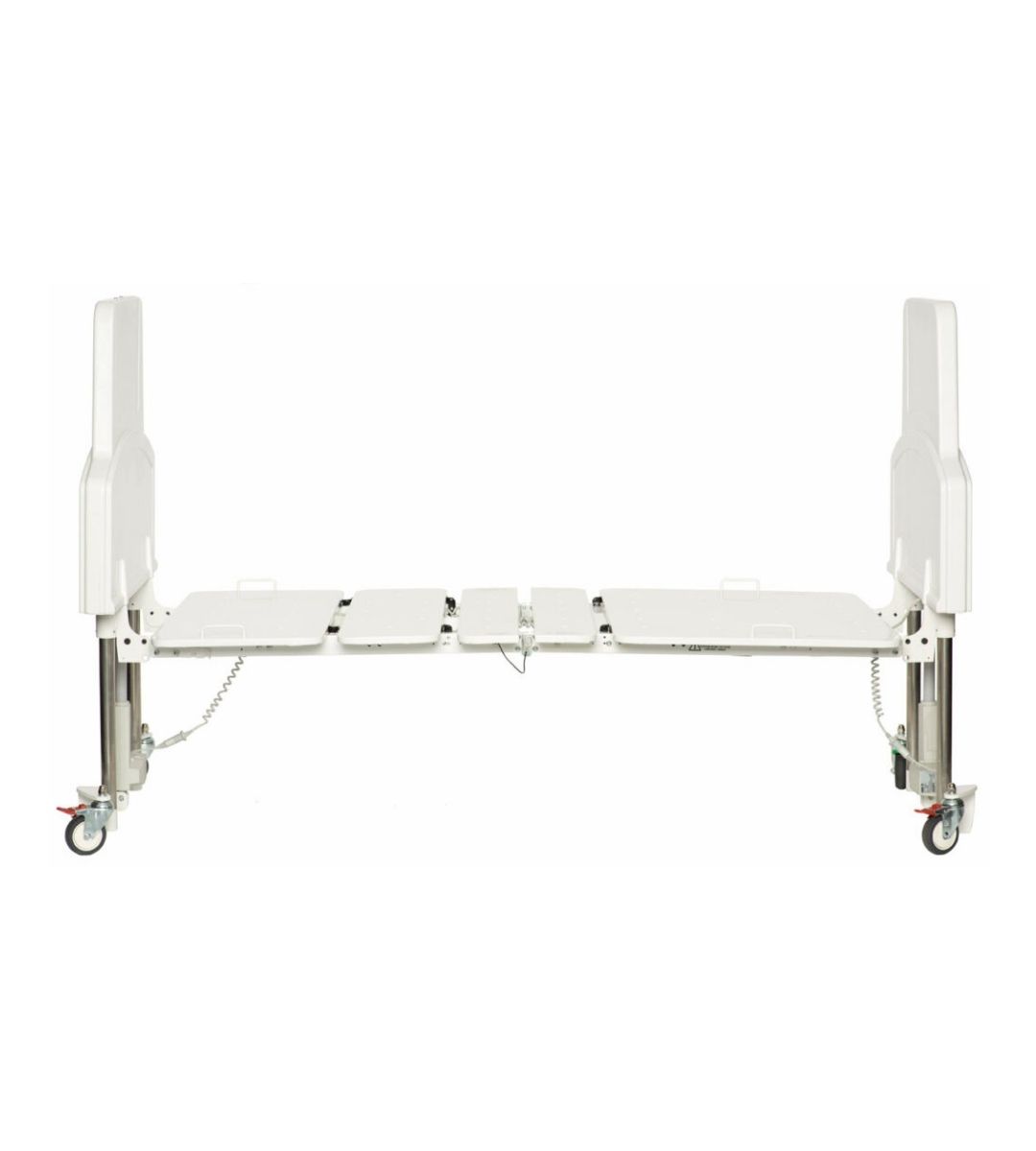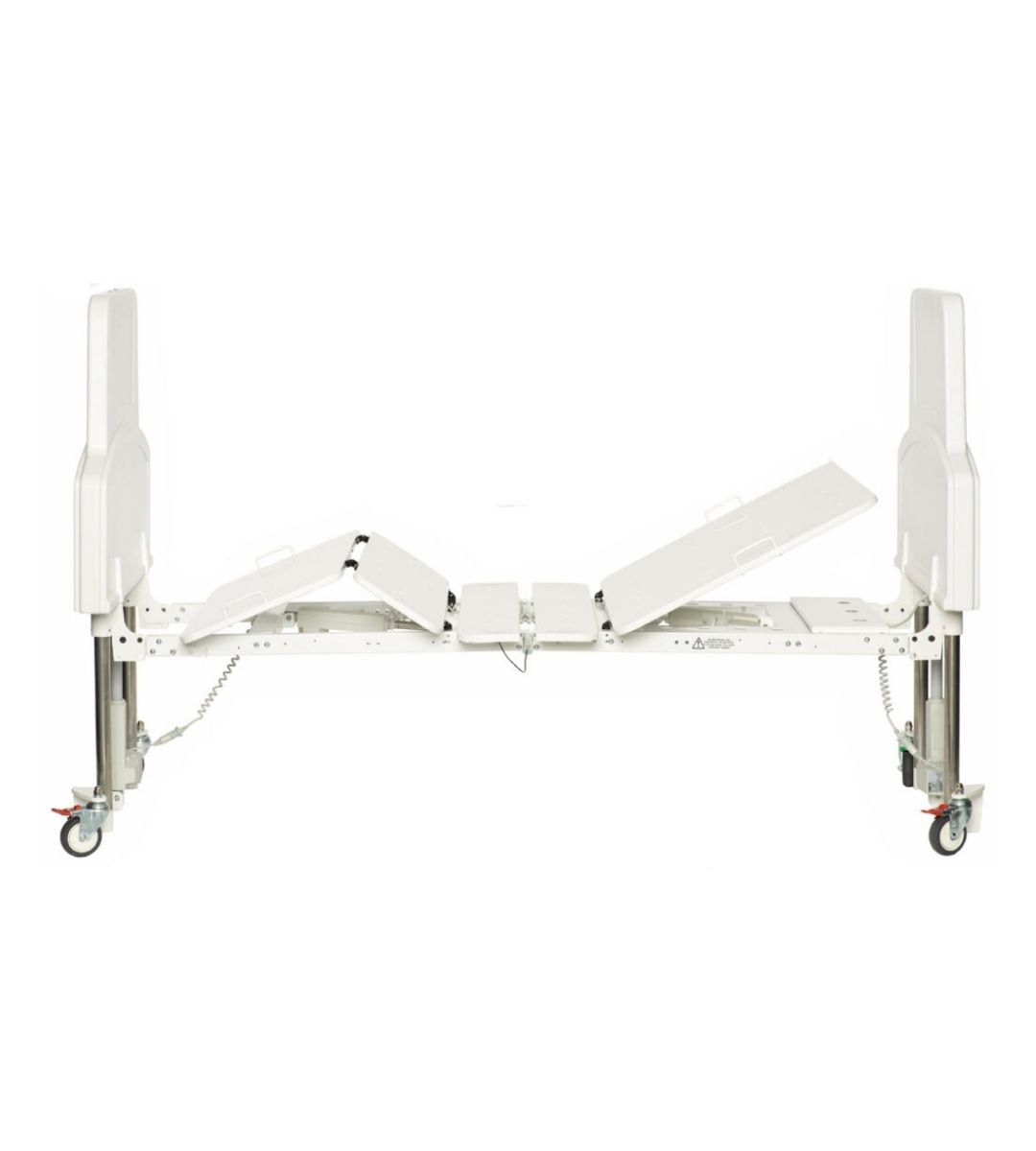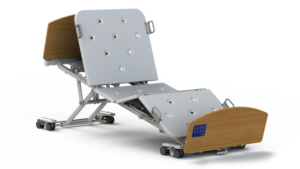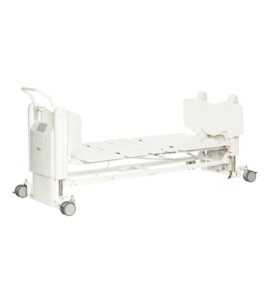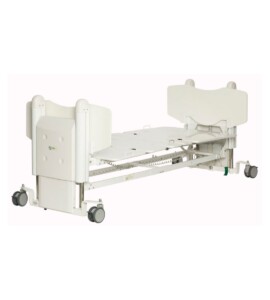Humancare
Humancare Floor Line LTC Bed – Single
$4,999.99
TEMPORARILY OUT OF STOCK For availability please call our Customer care team on 1300 008 267 press OPTION 1.
Overview:
The Humancare Floor Line LTC Bed is a one-piece, ultra-low bed offering versatile positioning, advanced safety and easy storage. It suits both home and long-term care environments.
Description
The Humancare Floor Line LTC Bed is a purpose-built solution for those at risk of falling or require extra support for safe transfers. With an ultra-low minimum platform height of just 9.5 cm, the bed helps minimise the risk of falls.
The LTC has various adjustment options, operated via a five-function Linak handset. It allows for backrest, knee-break adjustments, height adjustment as well as Trendelenburg and reverse Trendelenburg positioning. The one-piece design folds compactly for transport or storage, making it a practical option for areas with limited space.
The LTC has one central locking castor and three directional castors, providing smooth repositioning and easy manoeuvrability. The durable construction and compliance with relevant standards make it a dependable choice for home or residential care settings.
Who it’s for
- For clients at high risk of falls who require safe, low-height bed access.
- For therapists needing a fully featured ultra-low bed that is easy to transport and install.
Key features
- Ultra-low minimum height of 9.5 cm – supports safety for those at risk of falls
- One-piece folding frame – simplifies transport, storage and installation
- Five-function Linak handset – provides intuitive electric adjustment
- Trendelenburg and reverse Trendelenburg – supports therapeutic and comfort positioning
- Central locking and directional castors – improve manoeuvrability and stability
- Complies with relevant safety standards – for peace of mind
- Multiple accessories available – enables further customisation if required
| Specification | Single |
|---|---|
| Overall Width | 90.5 cm |
| Overall Length | 215 cm |
| Mattress Platform Width | 90 cm |
| Mattress Platform Length | 200 cm |
| Mattress Platform Height | 9.5–70 cm |
| Backrest Angle Adjustment | 0° to 70° |
| Knee Break Angle Adjustment | 0° to 110° |
| Trendelenburg Tilt Degree | 0° to 18° |
| SWL (Inclusive of Accessories) | 200 kg |
Talk to us on the phone
Our experienced phone sales team can assist you with any product enquiries and help you make a purchase directly on the phone. We are available anytime between 9am and 5pm, Monday to Friday.



